What is this place we call home? In a planetary sense there is only one “home” and it is the same for all of us, that of course being Earth. In terms of a physical structure “home” will be different for all of us, in terms of it’s design, location and any co-inhabitants. The way in which we experience places and spaces will be different to all of us also, and often we will be required to co-exist in places and spaces with others that we might not be familiar with.
I was going to prelude this post with a section on “place vs space” but thankfully Dave White has written a fantastic blog post about presence and “placemaking” that I highly recommend reading, in which he talks about how “social and intellectual presence” is what makes a ‘space’ become a ‘place’.
However, in order for us to realise this “placemaking” we need to value the places and spaces we find ourselves in (or not). That’s not to say we need to be “experts” in using those spaces, just that we have to recognise and value them equally, even though we may have a personal preference for particular spaces.
The pandemic, for all of it’s awfulness, has perhaps offered up a sliver of sliver-lining in the sense that “digital” spaces have generally become more accepted as legitimate spaces for learning and teaching (except by government education ministers it would seem), but our challenge now is to develop a post-pandemic learning experience that maximises the potential of the range of spaces available to us.
Within my own context we have drawn upon the experiences of a range of stakeholders to inform our work on “teaching modes”. Although these may technically be considered spaces (aka the four spaces of the apocalypse) this is not just about spaces, but very much about changing approaches depending on the “mode” of teaching. Whilst I’m not entirely comfortable on the term “mode” it does align with my analogy that a hybrid vehicle switches “mode” depending on a range of circumstances and the journey being taken – and I am open to offers for alternatives.
Through these discussions we have identified the following four teaching modes that will now form part of our curriculum framework:
- In Person – On Campus
- In Person – Off Campus
- Online – Synchronous
- Online – Asynchronous
I am aware that there has been some discussion (on Twitter, which I will add in if I can find it again) indicating that the term “In Person” should not be exclusively use for face-to-face and that an individual can be considered as being “In-Person” online also. However, there was a general consensus when we spoke to colleagues that In-Person was understood to be physically present and this is supported by the dictionary definition so is the term we are using for now.

We see this as an opportunity to legitimise spaces that some staff would not have previously considered prior to the pandemic. More importantly it offers up the opportunity to discuss which spaces are best for particular learning activities.
Keeping with the “space” theme, as part of a planned workshop I attributed each of the teaching modes to a planet / natural satellite in our solar system as part of thinking about which “spaces” we might feel most at home in.
- In Person – On Campus (Earth) – this will be the most familiar space for many staff and perhaps where colleagues feel most at “home”. It is somewhere we understand more than other spaces and where we will have spent considerable time.
- In Person – On Campus (Venus) – interestingly Venus is referred to as Earth’s “sister planet” due to similarity in size and mass, but will be unfamiliar to most of us, very much like In-Person off campus teaching. The in-person aspect will be familiar but the environmental change will be alien to us.
- Online – Synchronous (Moon) – this teaching mode has arguably emerged as the most common form of online teaching during the pandemic. In particular, those colleagues who favour a lecture model were quickly able to transfer this model to online synchronous. Much like our Moon it is also something that many of us will have experienced so it’s a space we are more familiar with than some others.
- Online – Asynchronous (Mars) – much like the planet itself this is a teaching mode that colleagues are increasingly learning more about as an alternative to other modes. The more we learn about this mode the better we can use this approach to support students and use it more effectively as part of an holistic approach to using all the modes in our teaching.
The purpose of “planetising” these teaching modes is to emphasise that each of these spaces have a role to play in the wider ecosystem (solar system). Whilst we might be more familiar with or have a preference for one it’s important to consider all of them.
These teaching modes are now embedded into our Liverpool Curriculum Framework and thus will form part of our curriculum design workshop discussions. We hope that what will emerge from this is a true hybrid approach to learning and teaching, maximising opportunities each of these spaces offer.
Hybrid pedagogy does not just describe an easy mixing of on-ground and online learning, but is about bringing the sorts of learning that happen in a physical place and the sorts of learning that happen in a virtual place into a more engaged and dynamic conversation.
Jesse Stommel – https://hybridpedagogy.org/hybridity-pt-2-what-is-hybrid-pedagogy/
Below I include a link to the slides associated with the workshop (including some information for building your own “chatterbox”).




No responses yet